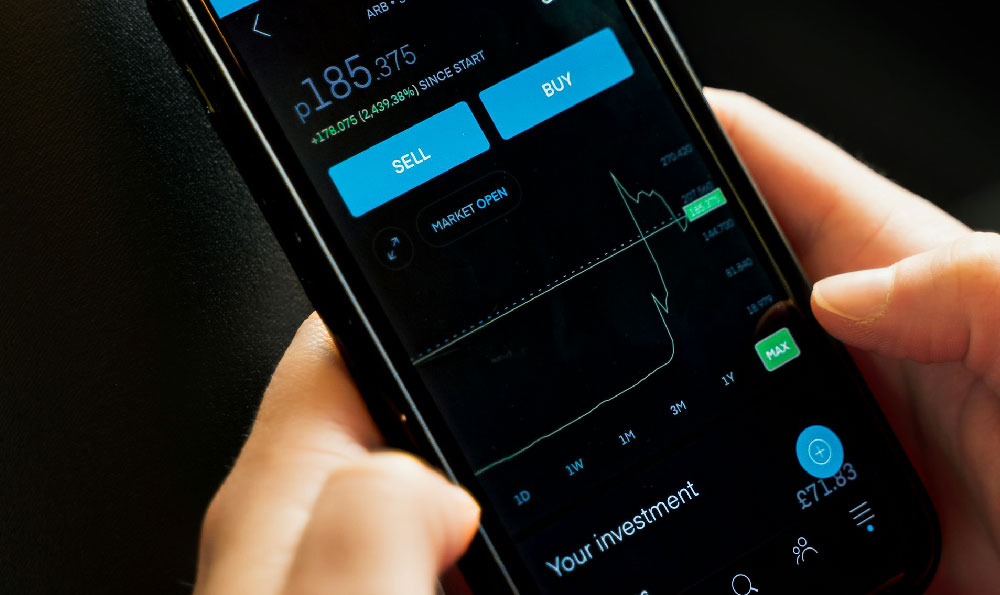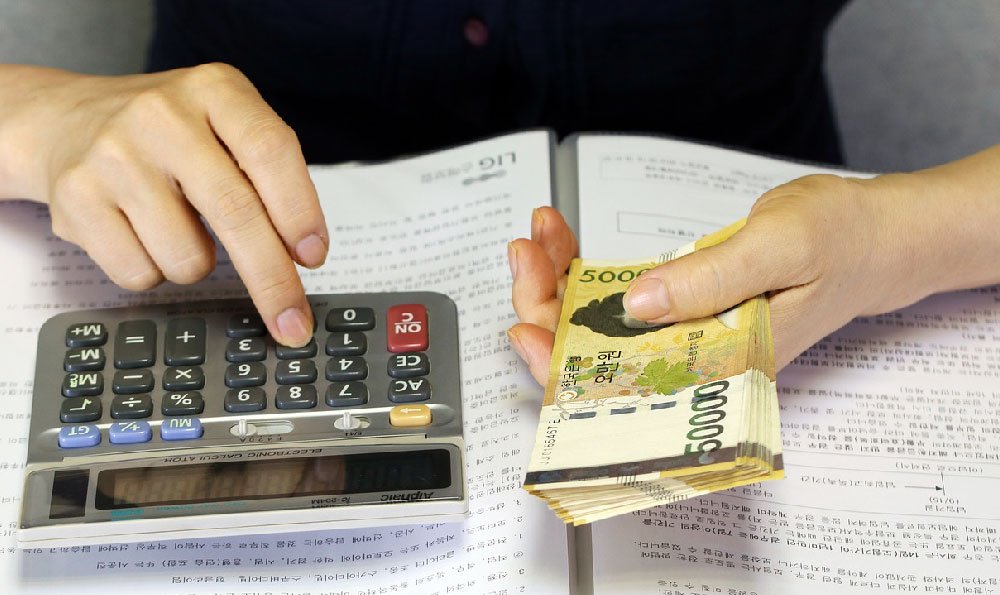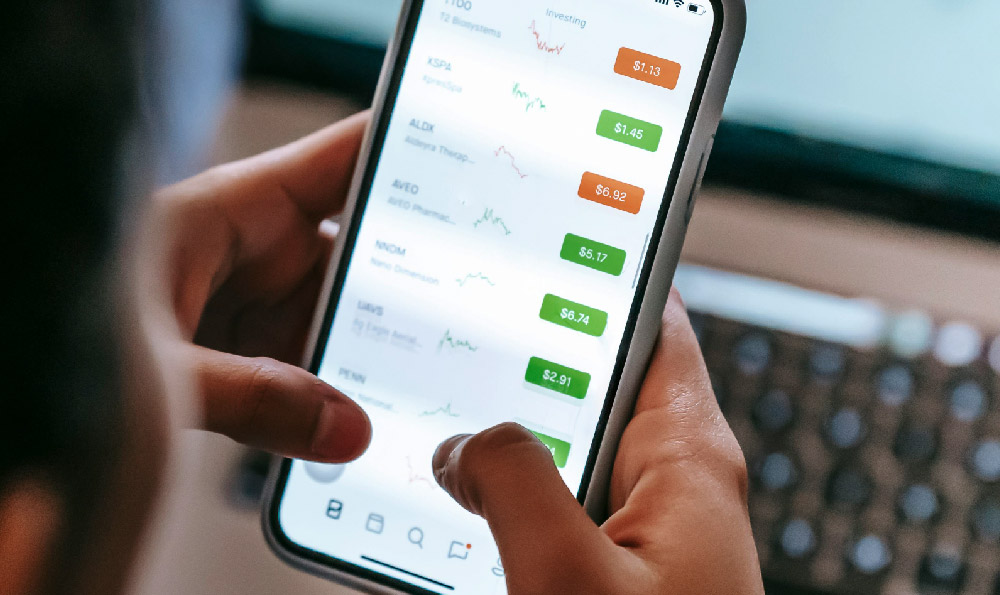Alright, let's delve into the intricacies of selling on eBay and crafting a strategy that actually leads to consistent profitability. Forget the fleeting success stories; we're aiming for sustainable growth and a solid foundation for your eBay venture.
The first crucial step isn't listing an item – it's meticulously researching your niche. Don't just jump on a trending product; understand its market dynamics. Utilize eBay's own search functions, including "Sold Listings," to gauge actual selling prices. Analyze the competition – who are your main rivals? What are their listings like? What prices are they achieving? Are they offering free shipping? Do they have a strong feedback score? This competitive analysis will inform your pricing strategy and identify areas where you can differentiate yourself.
Consider focusing on items where you have a competitive advantage. This could be access to unique products, expertise in a particular category (vintage clothing, collectibles, etc.), or the ability to source goods at lower costs. Niche specialization helps you build credibility and attracts a more targeted customer base. General stores can succeed, but they require significantly more effort and marketing investment.

Once you've identified your niche and your competition, it's time to craft compelling listings. The devil is truly in the details. High-quality photographs are paramount. Invest in a decent camera or smartphone and learn basic photography techniques. Use natural lighting whenever possible, and capture multiple angles of the item. Show any imperfections clearly, as transparency builds trust. Don't rely solely on manufacturer stock photos; showcase the actual item the buyer will receive.
Your product description is equally vital. Be comprehensive, accurate, and engaging. Include all relevant details: dimensions, materials, condition, age (if applicable), and any unique features. Use keywords strategically to improve search visibility, but avoid keyword stuffing. Focus on readability and clarity. Break up large blocks of text with bullet points and headings. Address potential buyer concerns proactively. For example, if selling vintage items, explicitly mention any flaws or wear and tear. Highlight the item's value proposition – why should someone buy it from you?
Pricing is a delicate balancing act. You need to be competitive enough to attract buyers, but also profitable enough to sustain your business. Factor in all your costs: the cost of the item itself, eBay fees, PayPal fees, shipping costs (including packaging materials), and your time. Don't underestimate the value of your time; it's a real cost. Experiment with different pricing strategies. Consider offering a slight discount for multiple purchases or running promotions during slower periods. Utilize eBay's pricing suggestions, but don't blindly accept them. Do your own research and adjust accordingly.
Shipping is often a make-or-break factor for eBay success. Offer a range of shipping options to cater to different buyer preferences. Consider free shipping if you can absorb the cost; it's a powerful incentive. However, factor the shipping cost into your item price. Package your items securely and professionally. Use appropriate packaging materials to prevent damage during transit. Ship items promptly – ideally within one business day. Provide tracking information to buyers so they can monitor their shipment's progress. Clear and concise communication about shipping times and policies minimizes potential problems.
Customer service is absolutely crucial for building a positive reputation on eBay. Respond to buyer inquiries promptly and professionally. Address any concerns or issues fairly and efficiently. Be willing to offer refunds or replacements if necessary. Positive feedback is the lifeblood of an eBay seller, and it's earned through consistently excellent customer service. Encourage buyers to leave feedback after they receive their item.
Beyond the fundamentals, consider implementing strategies to boost your visibility and drive more traffic to your listings. Explore eBay's promoted listings feature, but use it judiciously. Target specific keywords and monitor your results carefully. Analyze your sales data to identify your best-selling products and optimize your listings accordingly. Stay updated on eBay's policies and algorithm changes to ensure your listings remain compliant and effective.
Don't be afraid to experiment and iterate. eBay is a constantly evolving platform. What works today may not work tomorrow. Continuously monitor your sales data, analyze your results, and adjust your strategy accordingly. Learn from your successes and failures. Seek out resources and communities to connect with other eBay sellers and learn from their experiences.
Finally, and perhaps most importantly, treat your eBay business like a real business. Develop a business plan, track your finances meticulously, and invest in tools and resources that will help you grow. Don't fall into the trap of treating it as a hobby; if you want to make real money, you need to approach it with a professional mindset. This includes budgeting for expenses, tracking inventory, and managing your cash flow effectively. Building a successful eBay business takes time, effort, and dedication, but with the right strategy and a commitment to continuous improvement, it's entirely achievable.












